The 10 Hottest Hyperconverged Systems Of 2019
CRN breaks down the ten coolest and most popular hyperconverged systems in the world in 2019.

The Ten Hyperconverged Systems Who Led The Pack In 2019
The hyperconverged infrastructure market is on pace to reach $7.2 billion in 2019 as many businesses are turning toward software-defined data centers and hybrid cloud compared to solely public cloud.
Worldwide hyperconverged infrastructure (HCI) sales continue to grow double digits year after year thanks to innovative platforms that solve a variety of business issues -- from new built-in disaster recovery and data protection solutions to better meeting regulatory requirements.
The global market leaders continue to be Cisco, Dell Technologies, Nutanix and Hewlett Packard Enterprise who all kept their foot on the gas pedal in terms of innovation in 2019 with a slew of new features and capabilities added to flagship platforms. Boding well for hyperconvergence is the approaching technology boom at the edge thanks to emerging markets around 5G and Internet of Things as HCI provides the platform that’s simple to scale, manage and support with the ability to run edge applications on.
Here are the ten coolest hyperconverged systems that are leading the market in 2019.
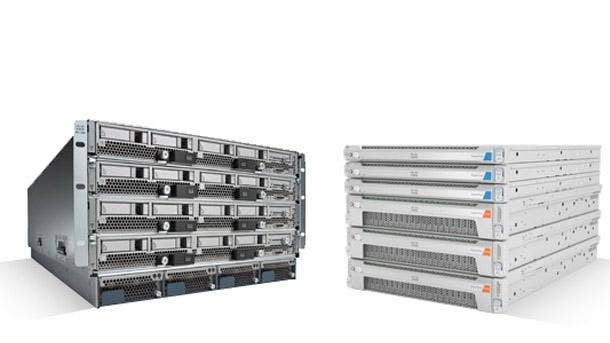
Cisco HyperFlex
The San Jose, Calif.-based networking giant is gaining more traction in the hyperconverged space through its flagship HyperFlex system. Cisco overthrew Hewlett Packard Enterprise in the second quarter of 2019 to take third place in the global HCI market by generating $114 million in revenue, up 47 percent year over year. The company owns 6.2 percent of the global HCI market share.
HyperFlex combines its software HX Data Platform with its UCS server portfolio along with integrated fabric networking. It is a fully integrated appliance that supports VMware vSphere and Microsoft Hyper-V hypervisors, while users can scale compute and storage independently of one another.
Cisco has consistently been updating HyperFlex this year to accommodate a multi-cloud world while doubling down on artificial intelligence and automation. The company recently unveiled a new brand to help partners go after more small to midsize customers with Cisco Designed for Business, which includes HyperFlex Edge for small-scale application compute. Other updates to HyperFlex this year including adding AppDynamics for monitoring across multiple clouds.
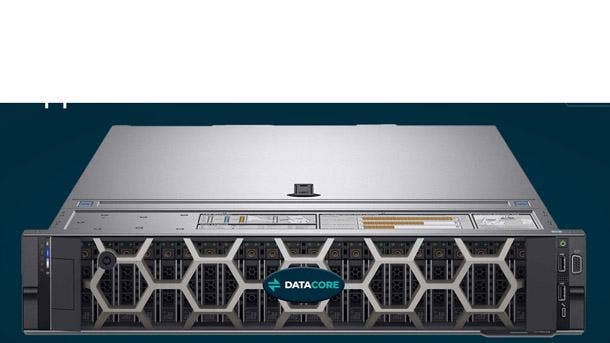
DataCore HCI-Flex
DataCore’s HCI-Flex combines compute, storage, virtualization and top-notch data services into an easy-to-use appliance available in small, medium and large configurations. Customers can scale compute and storage independently as well as connect to external storage and compute nodes, with the ability to scale up to 64 nodes.
DataCore is known for its SANsymphony storage virtualization which is a key component to HCI-Flex. Each appliance also includes DataCore’s predictive analytics platform Insight Services as well as encryption done at the pool level to ensure customers meet regulatory and other compliance requirements while safeguarding against the physical theft of drives and data.
In terms of hyperconverged differentiation, HCI-Flex offerings high availability with just two nodes, compared to most vendors who require a minimum of three-node configuration. DataCore’s HCI appliance supports existing or new storage area networks (SANs). Powered by Dell PowerEdge servers and Intel Xeon CPUs, HCI-Flex customers get to choose between VMware ESXi or Microsoft Hyper-V hypervisors.
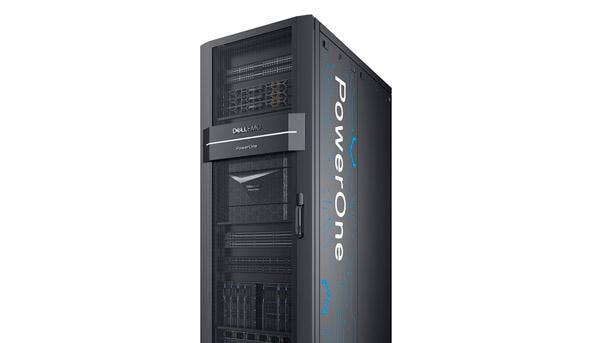
Dell Technologies PowerOne
In one of its biggest converged infrastructure launches in years, Dell unveiled its new PowerOne autonomous infrastructure in November. PowerOne combines all of Dell EMC’s flagship products together with VMware vSphere in a single architecture wrapped in a new built-in, outcome oriented automation engine.
The special sauce in the autonomous infrastructure is its built-in intelligent automation engine, dubbed PowerOne Controller, which can automate thousands of tasks with the ability to have vSphere clusters available for workloads in just a few clicks. The PowerOne Controller uses a Kubernetes microservices architecture and Ansible workflows to automate the configuration, provision and lifecycle management of the components to create a customer-managed data center as a service.
Dell EMC PowerOne contains the company’s infrastructure product lines including PowerEdge MX modular servers, PowerSwitch open networking, PowerMax storage and PowerProtect data protection along with VMware vSphere virtualizing which is all deployed, managed and maintained holistically. PowerOne is available as a validated design for the Dell Technologies Cloud and will be integrated with VMware Cloud Foundation in the future.
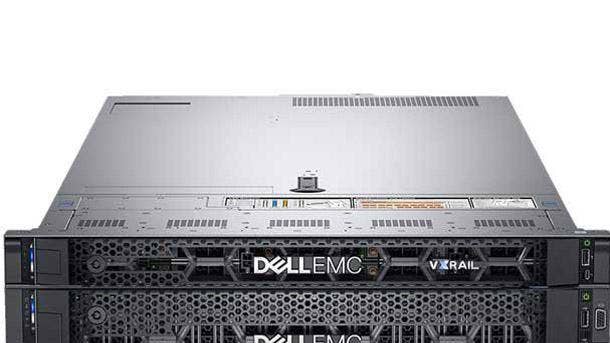
Dell Technologies’ VxRail
The market leading HCI platform for years has been Dell Technologies’ VxRail, which is the main reason why Dell is winning the HCI race worldwide. The Round Rock-based infrastructure giant currently owns 29.2 percent hyperconverged market share. VxRail contains Dell servers, storage, open networking and software management solutions that is co-engineered alongside virtualization superstar VMware, which is part of Dell Technologies.
In November, Dell launched four new VxRail products including VxRail P58ON, Dell’s first-ever four-socket VxRail platform. Ideal for SAP HANA workloads, the new offer features two new all NVMe-based platforms with second generation Intel Xeon Processors that increases performance. Dell also expanded VxRail’s network fabric automation by implementing the Dell EMC SmartFabric Services for multi-rack VxRail clusters to simplify multi-rack deployments. The company’s Analytical Consulting Engineer (ACE) recently became generally available on VxRail for partners to sell.
Additionally, VxRail and VMware Cloud Foundation are the two critical pieces to the company’s new Dell Technologies Cloud. The converged infrastructure uses external storage versus HCI’s more common software-defined storage.
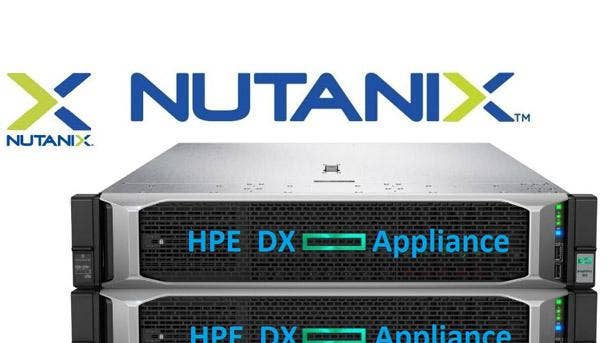
HPE Nutanix Join Forces
HCI titans Nutanix and Hewlett Packard Enterprise joined forces this year to offer the new HPE ProLiant DX solution. The new offering, which became generally available in October, is built on HPE ProLiant and Apollo servers with Nutanix’s Enterprise Cloud software pre-installed and shipped from HPE factories.
The solution has available configure-to-order options including the latest generation of Intel Cascade-Lake processors, various memory, storage types, disk form factors and capacities, and access to hundreds of thousands of different platform combinations.
HPE ProLiant DX solution with Nutanix creates a turnkey solution aiming to accelerate enterprises adoption of modernized data center architectures. It includes advanced data optimization, scale-out storage services, multiple hypervisor support, one-click lifecycle management and software upgrades.
Nutanix CEO Dheeraj Pandey said in November that the new offerings are already resonating “faster than any of our past” OEM partnerships.” Pandey said the two companies recently won a nearly $2 million deal with a new large EMEA-based insurance company.
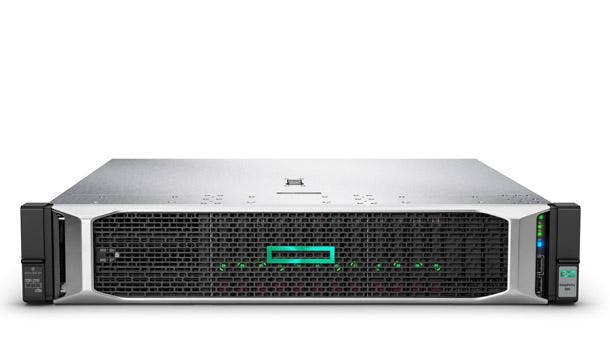
HPE SimpliVity
Hewlett Packard Enterprises’ flagship HCI offering is HPE SimpliVity, which the company significantly revamped this year by adding its artificial intelligence InfoSight predictive analytics software to the system. “We’re reshaping the HCI market with InfoSight on SimpliVity,” said HPE Storage Director of Marketing David Wang in an interview with CRN. “This is a new generation of HCI that goes beyond software defined. It is all AI driven.”
HPE SimpliVity has robust storage efficiency and data reduction services with always-on global deduplication and compression. The platform leverages HPE servers, the company’s OmniStack software, third-party server virtualization software and hypervisors, as well as an intelligent network fabric stemming from its acquisition of Plexxi.
Other new features this year include one-click cluster upgrades for the platform and integration of HPE StoneOnce and HPE Nimble Storage dHCI, a disaggregated HCI platform. HPE also began pushing for partners in 2019 to sell SimpliVity in the midmarket.
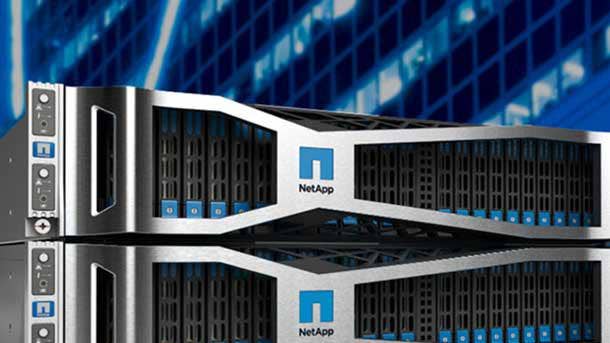
NetApp HCI
NetApp HCI is an enterprise-centric platform based on SolidFire and its Element software, allowing for workload protection for applications, which lets users consume public cloud services on-premises while also offering the flexibility of scaling compute or storage nodes independently.
The platform includes NetApp’s Data Fabric unified suite of data services that provides consistent data services across on-premises, private cloud and public cloud platforms. NetApp’s Kubernetes Service on HCI not only automates the deployment of Kubernetes but includes an application orchestration tool and access to the company’s application marketplace. NetApp HCI includes Intel Xeon CPUs and VMware or RedHat hypervisors.
In November, NetApp HCI became validated to work with Google Cloud’s application Anthos platform to reliably deploy and run their applications. Customers can now orchestrate complex hybrid cloud environments that ties together Google Cloud and NetApp HCI on-premises with the ability to scale on demand and add compute or capacity as needed.
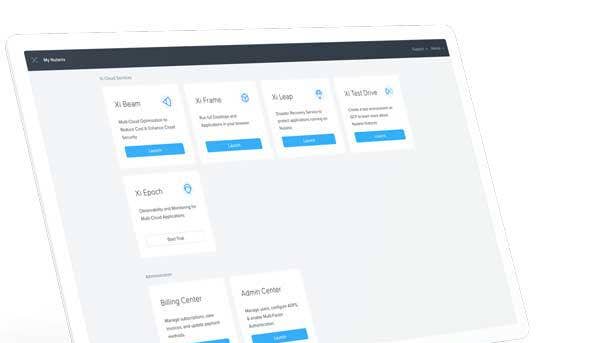
Nutanix Enterprise Cloud Platform
The San Jose, Calif.-based hyperconverged pioneer went on an innovation tear at its Nutanix .NEXT conference this year, launching significant enhancements to its product portfolio. Nutanix ranks second in worldwide HCI market share with 14.2 percent share.
Although Nutanix is moving further away from its HCI pedigree to focus instead of cloud services, the company consistently upgrades its flagship Enterprise Cloud Platform with new products like Calm for application orchestration, Files for unstructured data and Xi Beam for multi-cloud governance and cost control. Subscriptions now make up a whopping 71 percent of Nutanix’s business with hardware now accounting for only 4 percent of total revenue.
The Enterprise Cloud Platform uses native AHV Virtualization with Nutanix’s software-defined storage, compute, data security, software-defined networking and management software. Nutanix’s AHV hypervisor is a low-cost alternative to some competitors with an easy migration path. The company offers a robust management and self-service management interface with its Prism product while also supporting hybrid cloud via Xi Leap for Disaster Recovery-as-a-Service.
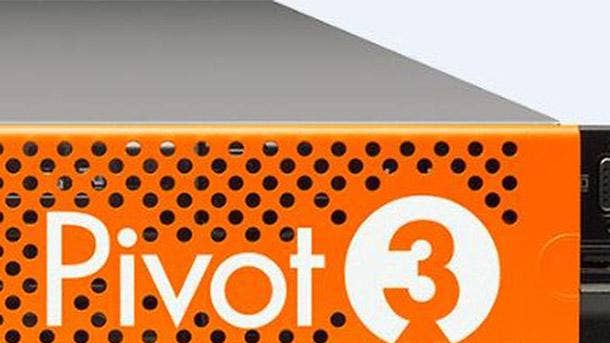
Pivot3 Acuity Datacenter
Known as both an innovator in hyperconvergence as well as video surveillance, Pivot3’s Acuity Datacenter is architected for HCI scale and simplicity with policy-based intelligence to support multiple application workloads on a single platform. The Acuity platform features data protection, data security, NVMe flash caching that can run multiple and mixed workloads, as well as what it dubs as “all-flash HCI” which consolidates heavy workloads that need the highest flash speeds.
Pivot3’s HCI and video surveillance capabilities allows clients to get a highly scalable and reliable video platform that can also operate edge workloads. Additionally, the company’s intelligent hybrid cloud and Cloud Edition for AWS provides multiple options to leverage AWS for storage replication and backup. Pivot3’s Intelligence Engine prioritizes resources to the mission-critical workloads.
The Austin, Texas-based company revamped its Global Partner Program in November by marking eligibility to joint marketing funds easier for partners, increasing access to leads and expanding both sales and technical resources for the channel.
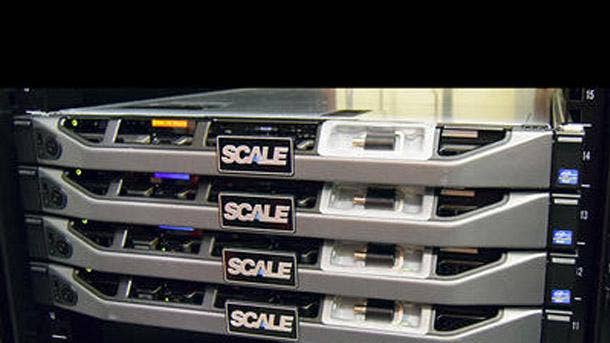
Scale Computing HC3
Scale Computing’s flagship HC3 virtualization platform leverages its own KVM-based hypervisor together with its management, compute, storage pooling and network virtualization capabilities.
This year, Scale Computing launched its new HE500 family of hyperconverged appliances for HC3, looking to take cost-efficient edge HCI to the next level with a starting price of $16,000. Designed for easy to deploy and affordable hyperconverged infrastructure at the edge, the series of appliances provide enterprise-class features to remote locations and boost edge computing capabilities with disaster recovery.
Scale Computing CEO Jeff Ready told CRN that its market differentiation from competitors lies in its automation and edge strategy. “All of our stuff is wrapped around automation, meaning that it can be deployed and when stuff breaks, it self-heals,” said Ready. “[That’s] why we apply very well to edge computing and that’s why we have such a niche there. We have a very strong play at the edge. It’s a challenge for the vendors who are linked to the hip to VMware-only.”